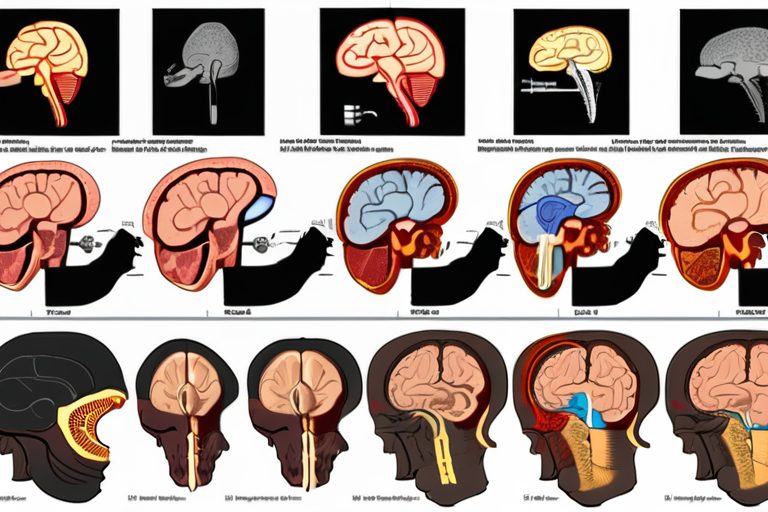Lead Poisoning May Have Shaped Human Brain Evolution Over 2 Million Years


Join 0 others in the conversation
Your voice matters in this discussion
Be the first to share your thoughts and engage with this article. Your perspective matters!
Discover articles from our community

 Hoppi
Hoppi

 Hoppi
Hoppi

 Hoppi
Hoppi

 Hoppi
Hoppi

 Hoppi
Hoppi

 Hoppi
Hoppi

Evolution of Intelligence May Have Come at a Cost A groundbreaking study published in the journal Nature reveals that the …

Hoppi

Fossil Fight: How Raymond Dart Countered Unfair Criticism In a groundbreaking discovery that would change the course of paleoanthropology forever, …

Hoppi

Reconstructed Skull Yields Surprising Clues to Enigmatic Ancestor X A reconstructed skull from the Yunxian 2 fossil site has provided …

Hoppi

Lead-Acid Batteries Poisoning Millions of Children Globally: Proven Solutions Emerge In a growing public health crisis, millions of children worldwide …

Hoppi

Evolution of Intelligence May Have Come at a Cost A groundbreaking study has shed light on the evolution of human …

Hoppi

Million-Year-Old Skull Rewrites Human Evolution, Scientists Claim A groundbreaking discovery in China has sent shockwaves through the scientific community, with …

Hoppi